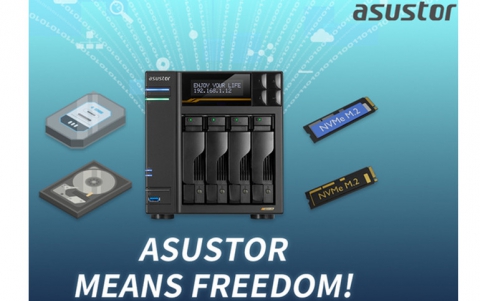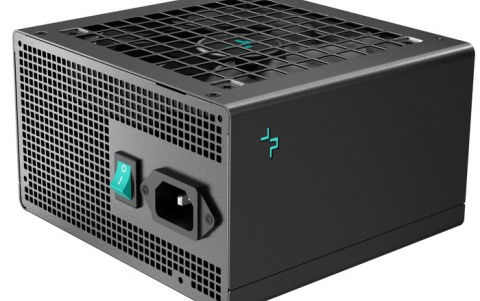
Gartner Explains Cloud Computing
The term "cloud computing" is
Gartner defines cloud computing as a style of computing in which massively scalable IT-related capabilities are provided "as a service" using Internet technologies to multiple external customers. However, there have been different perceptions of what is included in cloud computing.
"The term cloud computing has come to mean two very different things: a broader use that focuses on 'cloud,' and a more-focused use on system infrastructure and virtualization," said David Mitchell Smith, vice president and Gartner Fellow. "Mixing the discussion of 'cloud-enabling technologies' with 'cloud computing services' creates confusion."
The two prevalent views of cloud computing are as follows:
-The cloud is an idea that derives from the perspective of the Internet/Web/software as a service (SaaS). The focus is more on cloud than computing with the emphasis placed on access to services from elsewhere (that is, from the cloud). This cloud is a global-class phenomenon and a high-level concept that can refer to a range of services extending from system infrastructure (for example, compute services and storage services) through applications (for example, CRM) and business processes (for example, payroll services). Gartner's definition is along these lines, with the off-premises nature of cloud services being the point of reference, and applicability to intraenterprise use as a secondary effect.
-The second popular interpretation is a use of technologies, including virtualization and automation, that focuses more on the computing than on the cloud aspect, with emphasis placed on the technologies that enable the creation and delivery of service-based capabilities. This perspective is an extension of traditional data center approaches and can be applied to entirely internal enterprise systems with no use of external off-premises capabilities provided by a third party.
"Although these perspectives are different, there is a connection between them. Any provider of cloud computing services must have an environment that includes an infrastructure to support their delivery. Virtualization often is used to implement this underlying infrastructure to support delivery of the cloud computing services," Mr. Smith said. "Cloud system infrastructure services are a subset of cloud computing, but not the entire picture."
Gartner analysts will provide additional analysis on cloud computing during the upcoming Gartner Symposium/ITxpo 2008, taking place October 12-16 in Orlando, Florida. Additional information is available at www.gartner.com/symposium/us
Gartner defines cloud computing as a style of computing in which massively scalable IT-related capabilities are provided "as a service" using Internet technologies to multiple external customers. However, there have been different perceptions of what is included in cloud computing.
"The term cloud computing has come to mean two very different things: a broader use that focuses on 'cloud,' and a more-focused use on system infrastructure and virtualization," said David Mitchell Smith, vice president and Gartner Fellow. "Mixing the discussion of 'cloud-enabling technologies' with 'cloud computing services' creates confusion."
The two prevalent views of cloud computing are as follows:
-The cloud is an idea that derives from the perspective of the Internet/Web/software as a service (SaaS). The focus is more on cloud than computing with the emphasis placed on access to services from elsewhere (that is, from the cloud). This cloud is a global-class phenomenon and a high-level concept that can refer to a range of services extending from system infrastructure (for example, compute services and storage services) through applications (for example, CRM) and business processes (for example, payroll services). Gartner's definition is along these lines, with the off-premises nature of cloud services being the point of reference, and applicability to intraenterprise use as a secondary effect.
-The second popular interpretation is a use of technologies, including virtualization and automation, that focuses more on the computing than on the cloud aspect, with emphasis placed on the technologies that enable the creation and delivery of service-based capabilities. This perspective is an extension of traditional data center approaches and can be applied to entirely internal enterprise systems with no use of external off-premises capabilities provided by a third party.
"Although these perspectives are different, there is a connection between them. Any provider of cloud computing services must have an environment that includes an infrastructure to support their delivery. Virtualization often is used to implement this underlying infrastructure to support delivery of the cloud computing services," Mr. Smith said. "Cloud system infrastructure services are a subset of cloud computing, but not the entire picture."
Gartner analysts will provide additional analysis on cloud computing during the upcoming Gartner Symposium/ITxpo 2008, taking place October 12-16 in Orlando, Florida. Additional information is available at www.gartner.com/symposium/us













